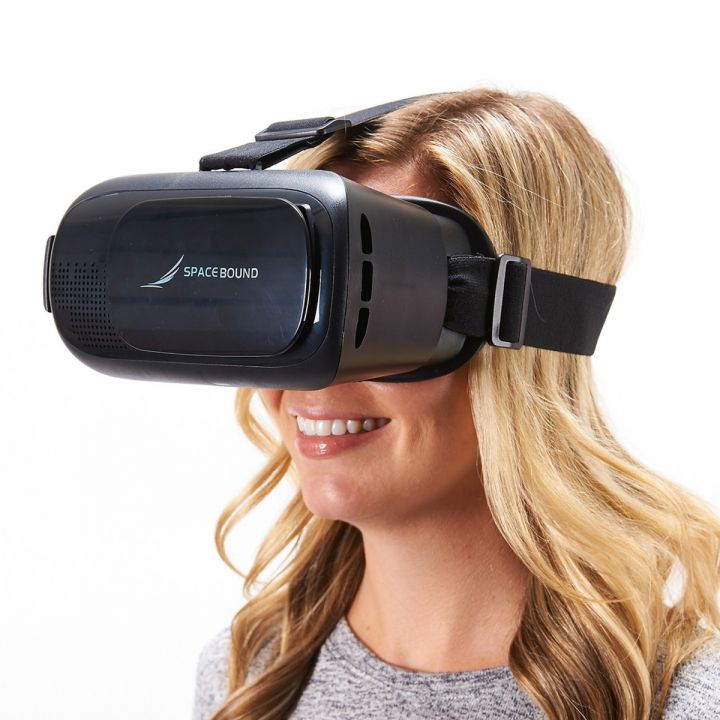On March 29, a much-anticipated film hits the theatres: Ready Player One. Based on the 2011 nerd favorite by Ernest Cline, Ready Player One is set in the year 2044, primarily in the virtual world of the game OASIS. The premise is a typical teen adventure flick—underdog kid turns One True Hero thanks to skills that fail him in the real world, but shine under particular circumstances—but the fun of the shtick is that the main action occurs in this alternate world tangential to our own.
This movie comes at an opportune time, as virtual reality (VR) – a given, apparently, in 2044 – is just starting to explode in 2018.
The concept has been around for decades. Even before the first headset, Oculus Rift, was introduced in 2012, or the first programming language (Virtual Reality Modelling Language) was developed in 1994, the ideas took root in some of the earliest science fiction. Canadian author Laurence Manning wrote a series of short stories in 1933 called The Man Who Awoke, which include a description of a world where people can trade their natural senses for electronic impulses and program their desired “dreams.”
While we’re still just as far from those 1933 notions as we are from Ready Player One’s more ambitious concepts, VR is now firmly ensconced in our actual reality – and the marketing world is taking notice. Four years ago, the same year that Facebook purchased Oculus VR for a hefty $2 billion and Sony announced a VR headset for the PlayStation  4, Google introduced Cardboard, a holder for smartphones that creates a stereoscopic, or 3D, image when used with the appropriate app.
4, Google introduced Cardboard, a holder for smartphones that creates a stereoscopic, or 3D, image when used with the appropriate app.
The low-cost design of Cardboard and the concept of pairing it with a smartphone are what really opened the world of VR up to the public, and to promotional products. Now, in 2018, there is no scarcity of similar devices ready for branding, from the self-assembled cardboard sort (Veracity Virtual Reality Headset) to collapsible versions in more durable materials (Folding Virtual Reality 3D Glasses)  to a padded set with an adjustable lens and elastic head strap (Utopia Virtual Reality Headset).
to a padded set with an adjustable lens and elastic head strap (Utopia Virtual Reality Headset).
No matter the price point, VR headsets are a perfect place to drive branding— and they offer a unique opportunity to pair content with product. Universities can send VR headsets to prospective students to give an immersive 3D tour of their campus. Newsmedia can add dimen sion to print and video content.
sion to print and video content.
Luxury retailers can use VR to sell the experience that their product provides. Immersive storytelling is a unique way to explore the mission of a brand, and companies have the chance now to get in on the ground floor of this soon-to be ubiquitous new marketing trend.
Interested in showcasing your brand on a VR product? Browse here.